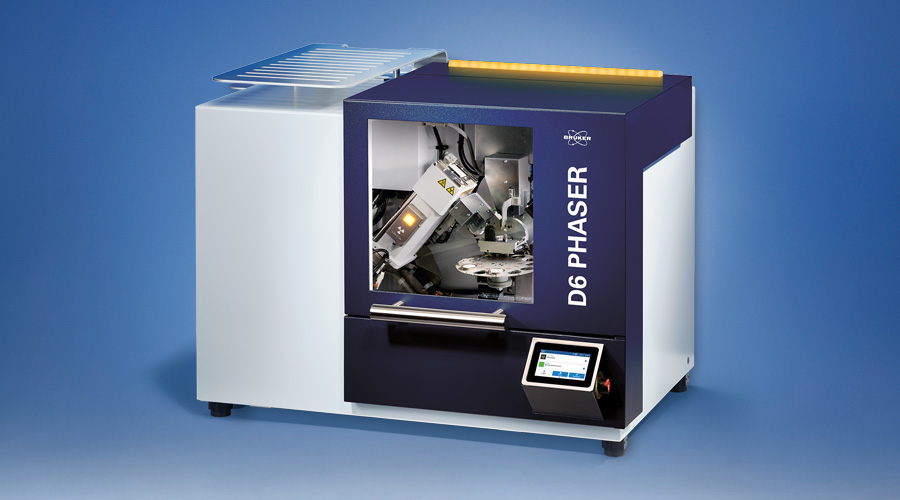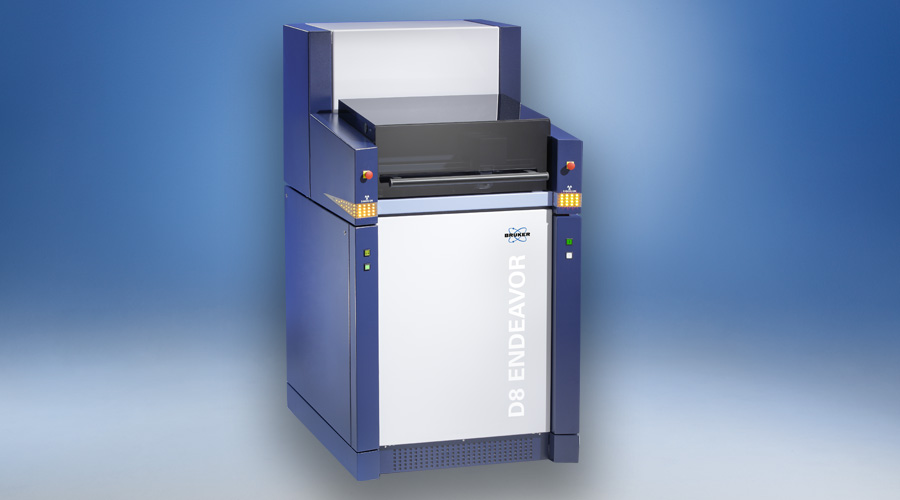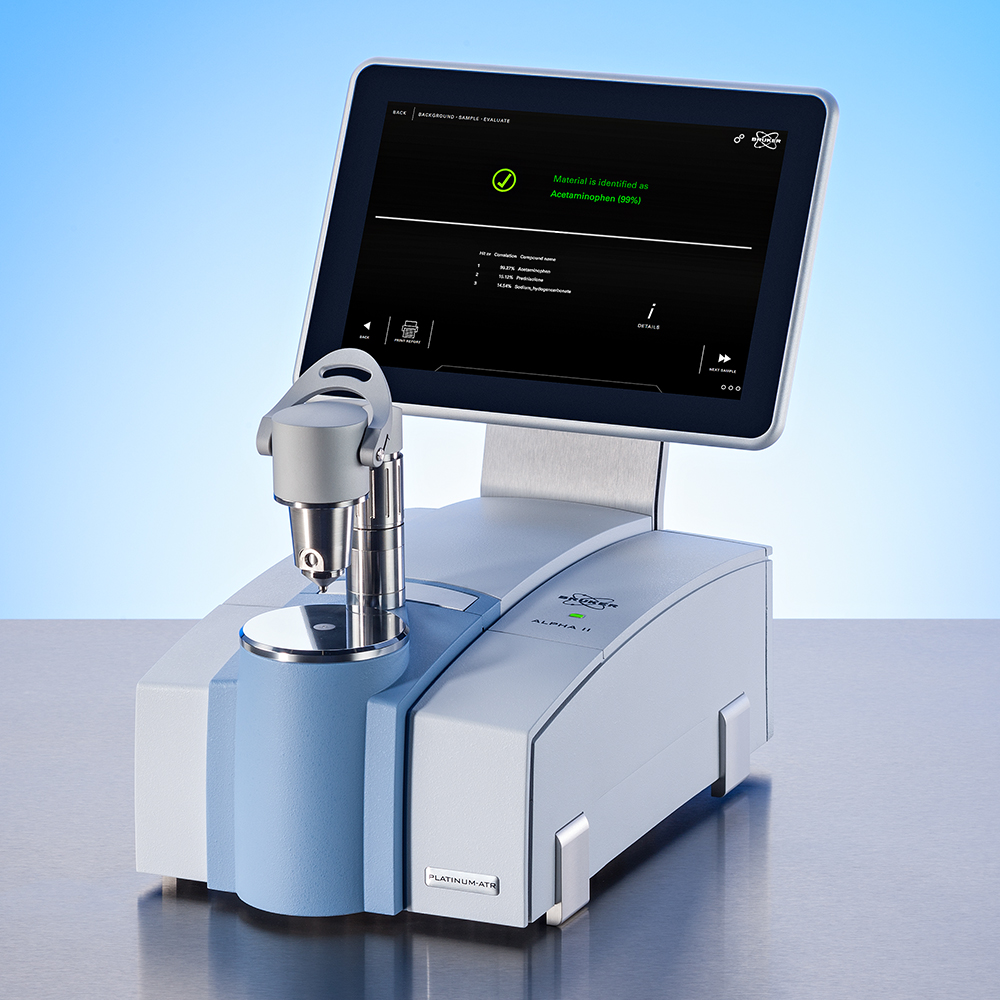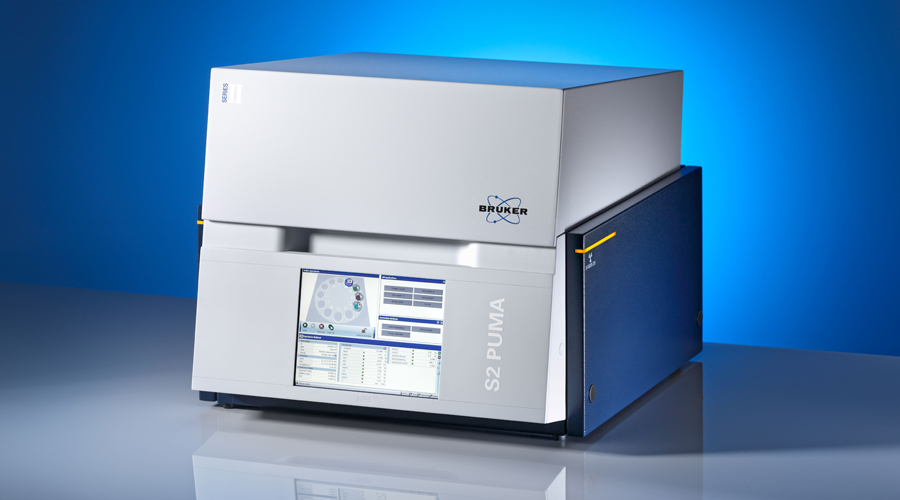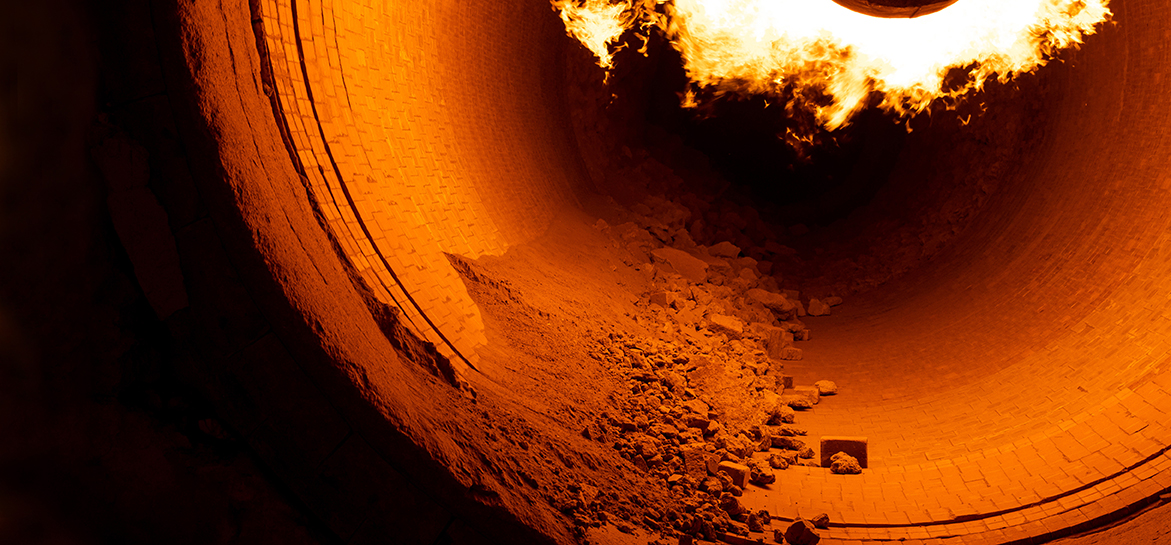

Cement Production and Quality Control
Verification of Raw Materials in Cement Production by FT-IR
Common materials used to manufacture cement include limestone, shells, and chalk or marl combined with shale, clay, slate, blast furnace slag, silica sand, and iron ore.
The identity and quality of the ingredients used must be clearly established in order to deliver the optimal product. Since so many different raw materials are used, a truly universal analysis technique is required.
FT-IR spectroscopy analyzes solids and liquids, whether organic or inorganic. It is easy to use and is generally non-destructive. Especially if organic additives are added, or for production of functional building materials, FT-IR is the ideal tool.
XRF & XRD Phase Analysis of Cement
The modern cement industry strongly relies on state-of-the-art analytical tools for process and quality control to ensure a smooth and cost-efficient production. Here, X-Ray Fluorescence (XRF) and X-Ray Diffraction (XRD) technologies for quantitative elemental and phase analysis, respectively, play a key role.
XRF and XRD are used in all production steps, from the verification of raw materials like gypsum and limestone, to intermediate materials like hot-meal and clinker, and to final quality control of the finished cement product.
Cement producers are seeking new ways to substantially reduce carbon emissions by using secondary fuels as energy source and through substitution of clinker by e.g. calcined clays, slags and fly ash. XRF and XRD are key technologies facilitating this transformation.
Bruker offers a complete portfolio of XRF spectrometers and XRD diffractometers to meet the challenging analytical requirements in the cement industry, including compliance with ASTM C114 and ISO 29581-2 / DIN EN 196-2.
More Information
CEMENT-QUANT
GEO-QUANT BASIC
Standardless Solutions
Building Construction
XRF & XRD Resources
Production of High-Performance Cement Online Seminar
Find here the recording, slides and Q&A from our latest cement siminar with additional literature on our elemental and structural analyzers.
Cement Analysis According to ASTM C114
Know more about how our XRF instruments play a crucial role in the cement industry, in a curated shortlist of lab reports and flyers.
- Analysis of Major and Minor Elements in Cement by XRF according to ASTM C114 and ISO 29581-2 Lab Report
- ASTM C114: High End Cement Process and Quality Control by WDXRFHigh End Cememnt Lab Report
- When Speed is key: Fastetst Process and Quality Control by Simultaneous WDXRF Lab Report
- Automated Benchtop EDXRF for Elemental Analysis and Process Control of Cement Flyer
- Summary of Solutions for Quantitative Phase Analysis of Cement, Hotmeal, Bypass, Clinker and moreFlyer
Optimizing the Cement Manufacturing Process
Learn about automated XRF, XRD and CS/ONH solutions for cement analysis across technologies.
- Affordable Process Control and Quality Monitoring in Cement Manufacturing by EDXRF Brochure
- Fast and Precise Direct Carbon and Sulfur Analysis in Cement, Limestone, Gypsum and other Minerals by Combustion Lab Report
- Summary of Solutions for Quantitative Phase Analysis of Cement, Hotmeal, Bypass, Clinker and more Flyer
- Sustainable XRF, XRD and Automation Solutions to Increase Efficiency in Cement Production Brochure
